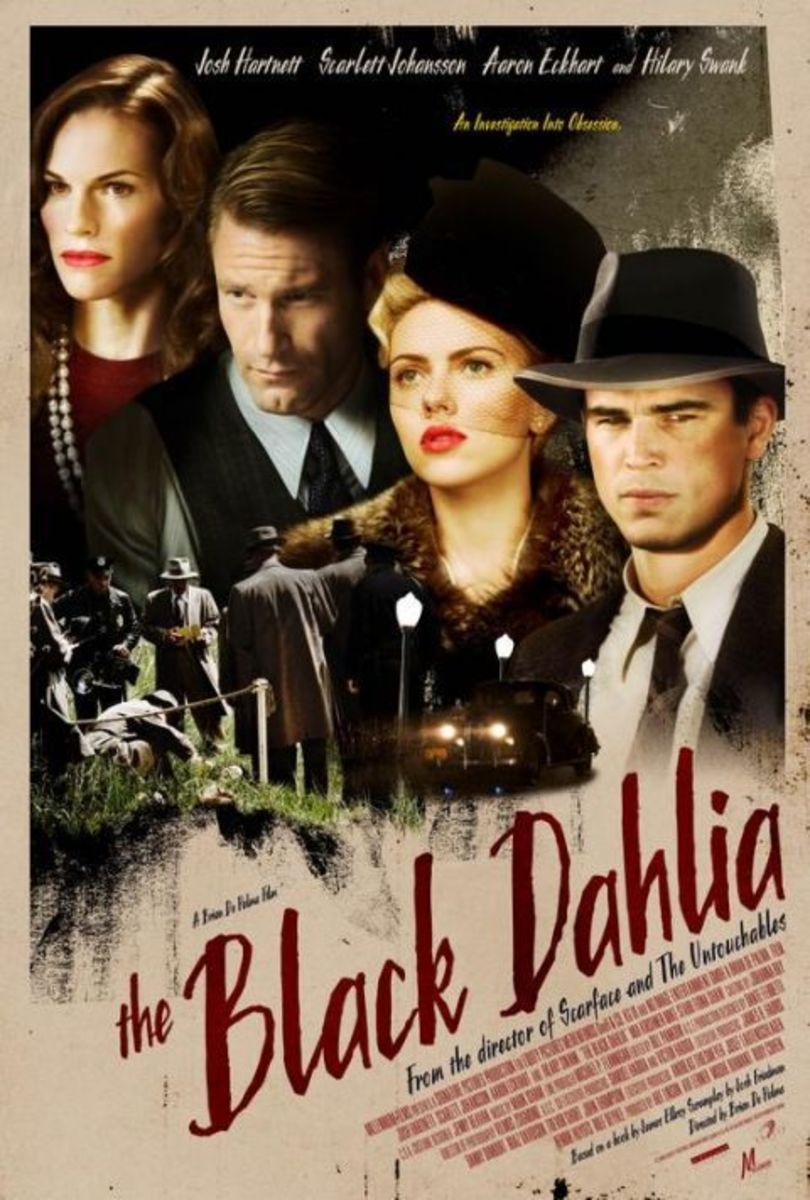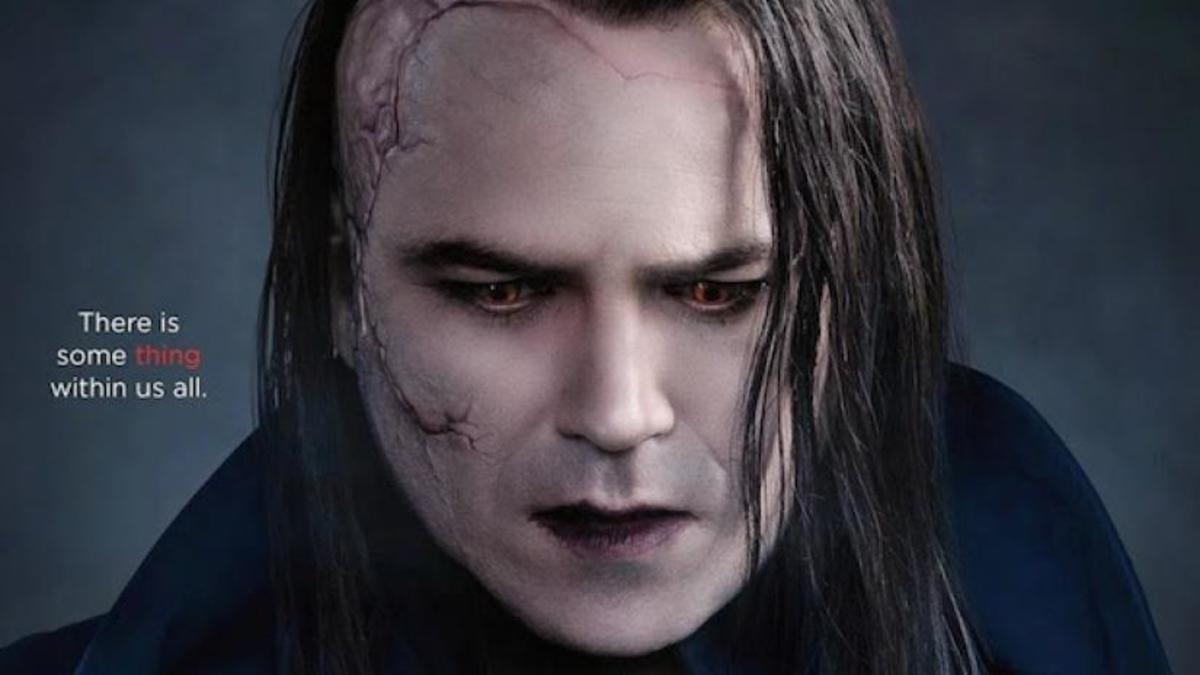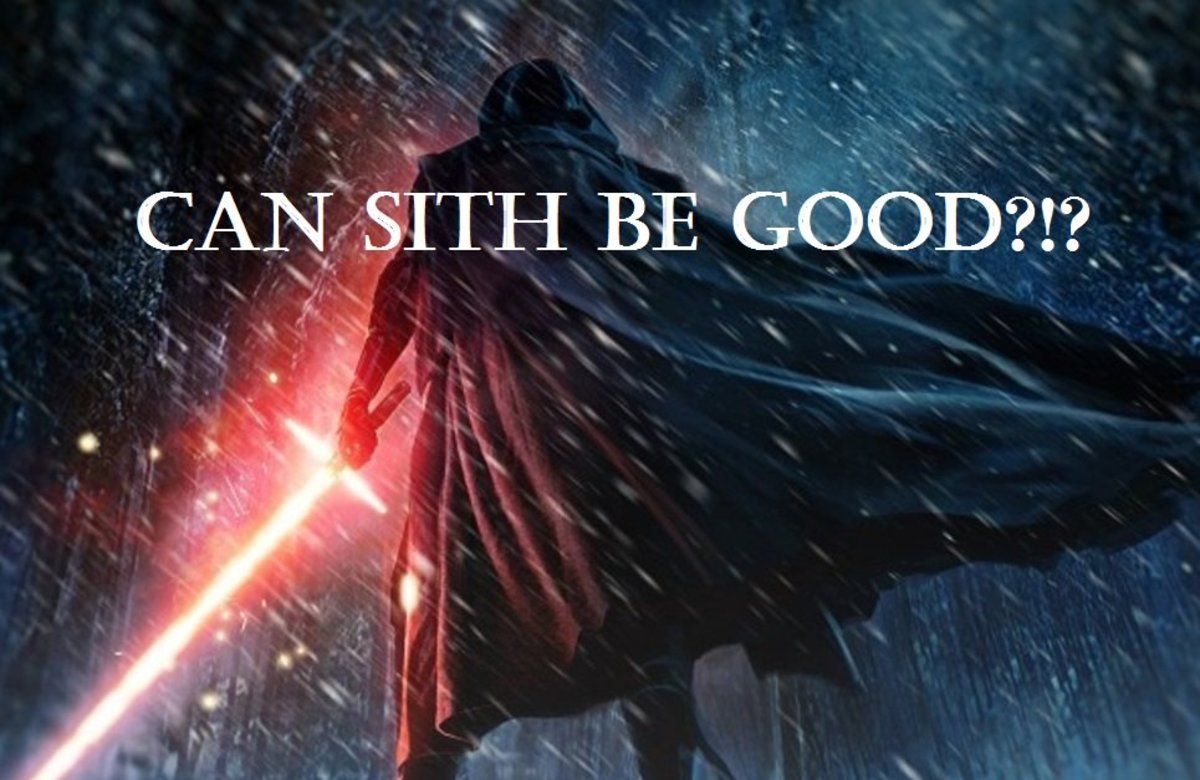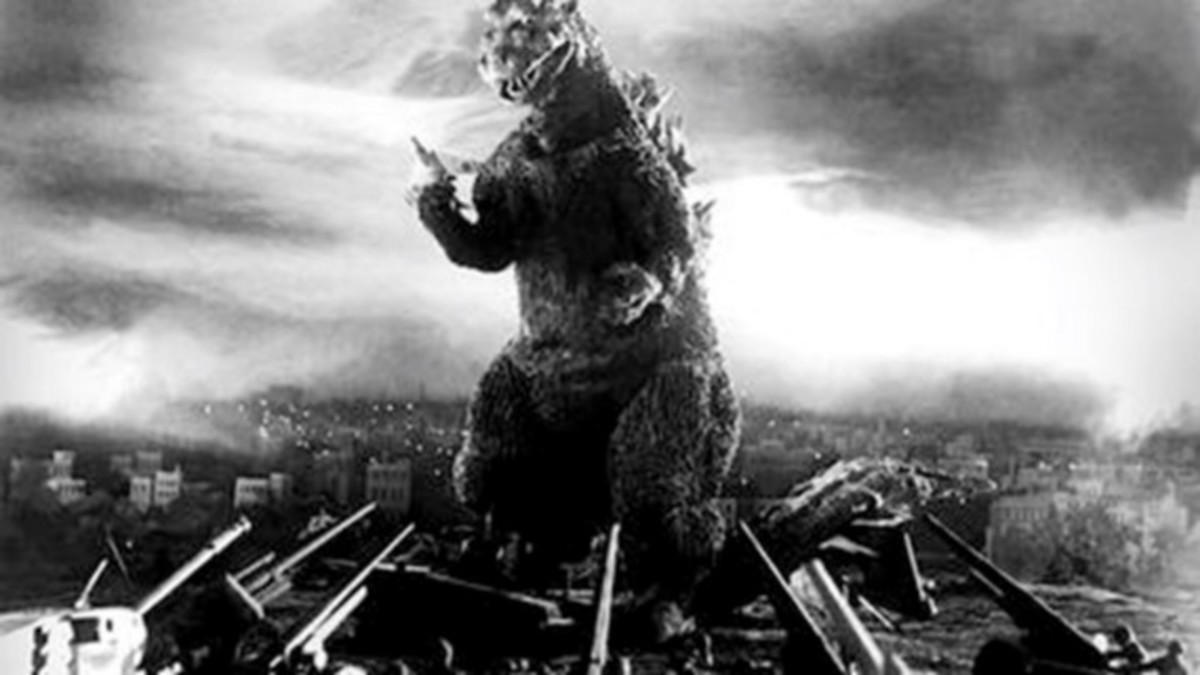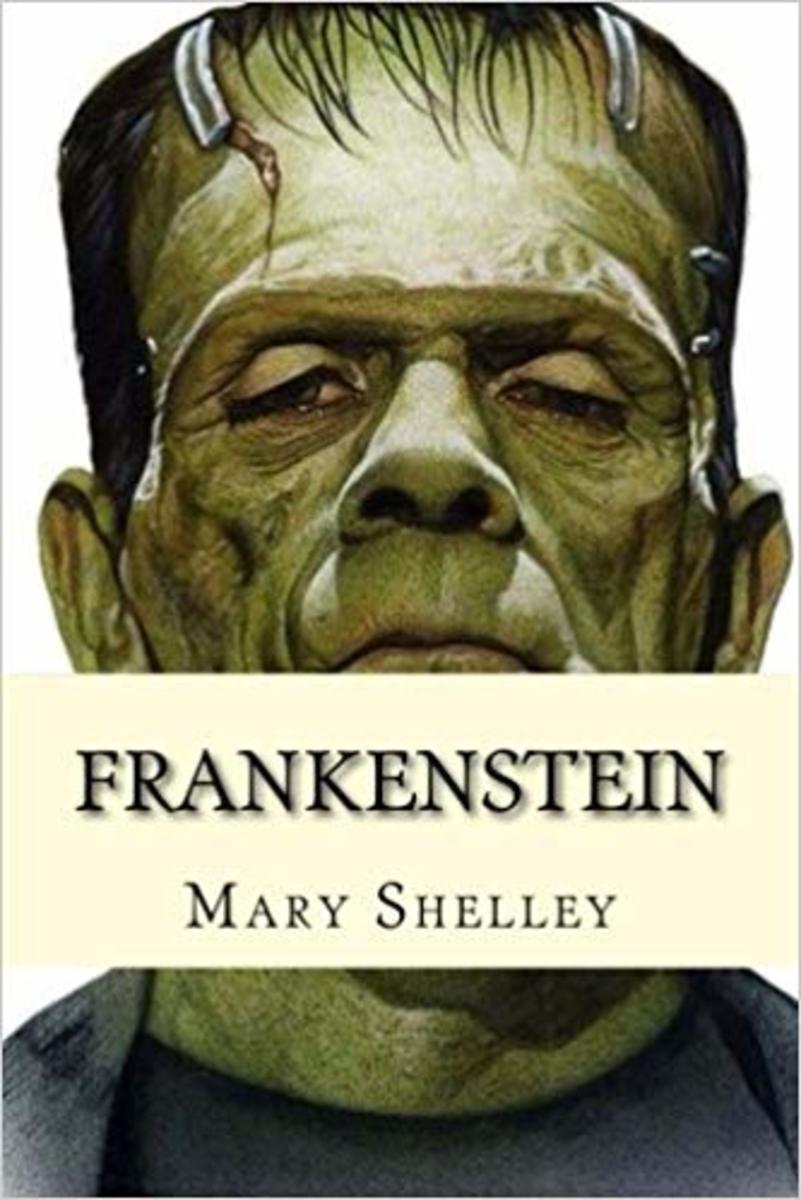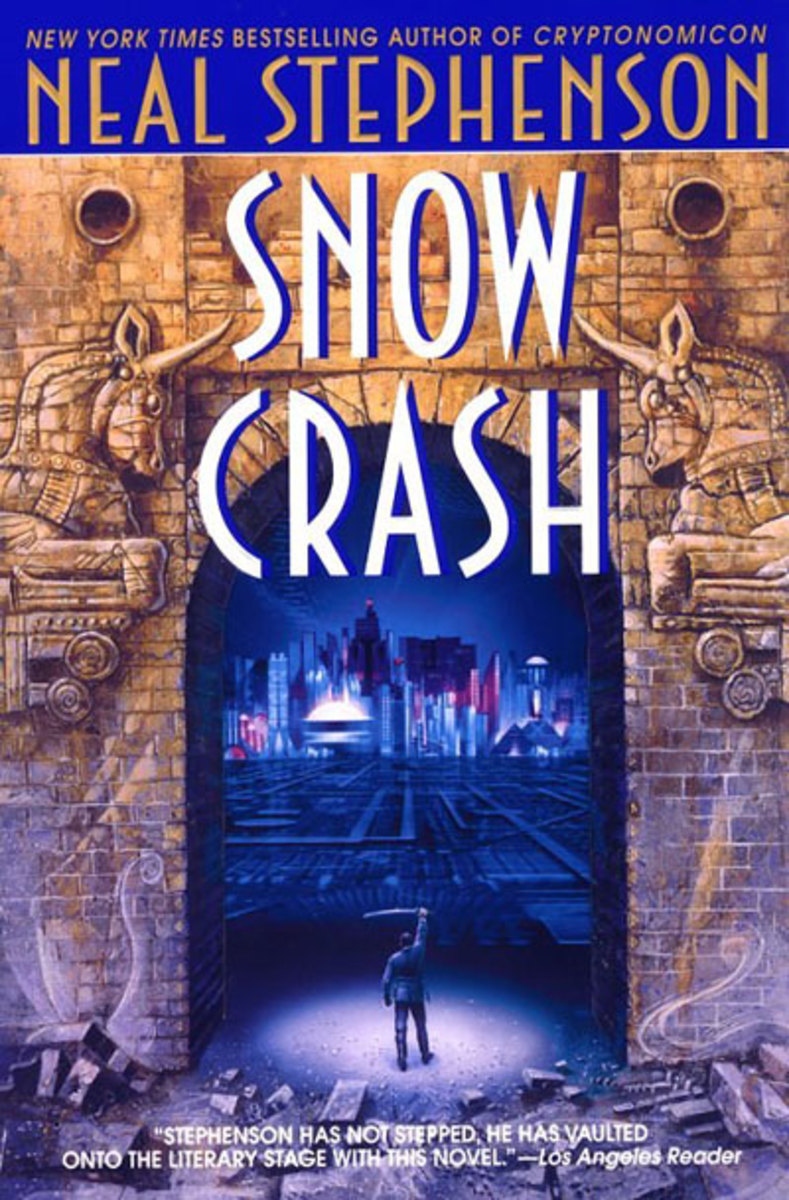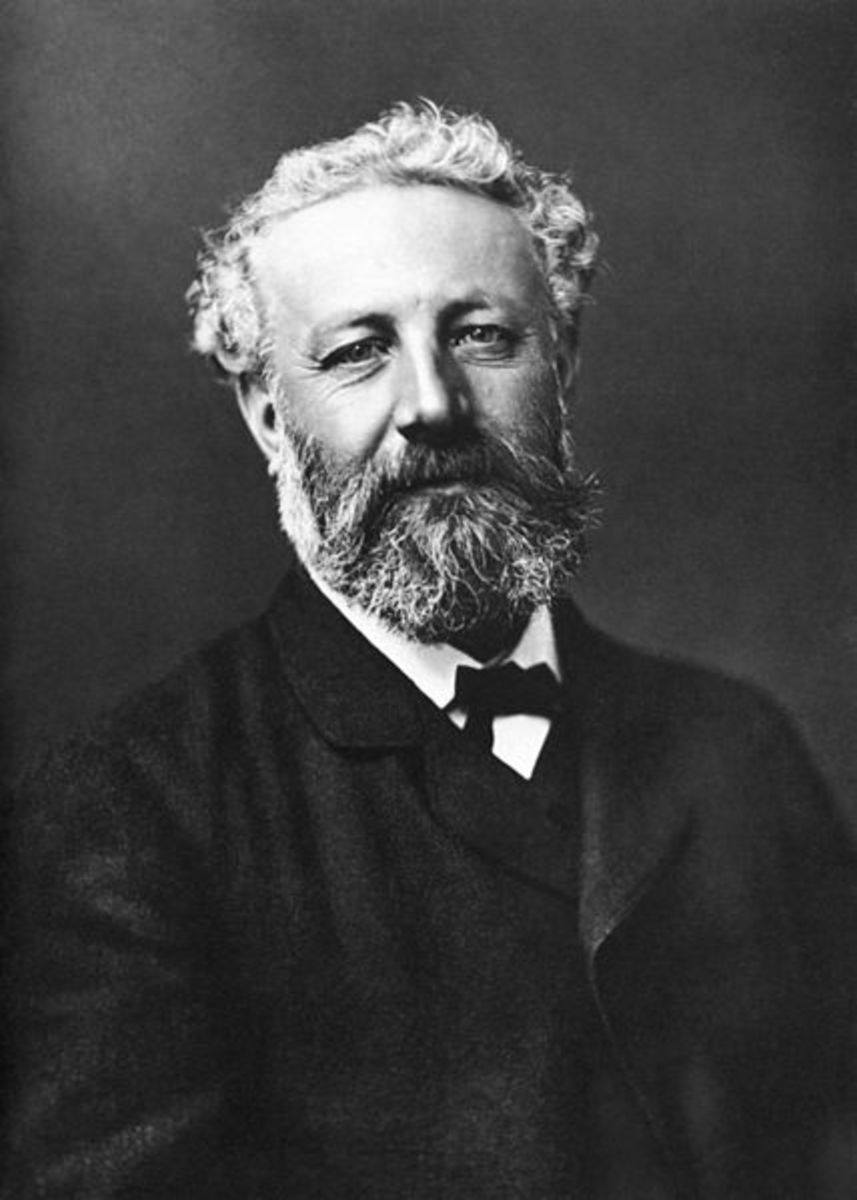- HubPages»
- Books, Literature, and Writing»
- Books & Novels»
- Fiction»
- Science Fiction & Fantasy Books
Frankenstein's Monster: From the Novel to Film
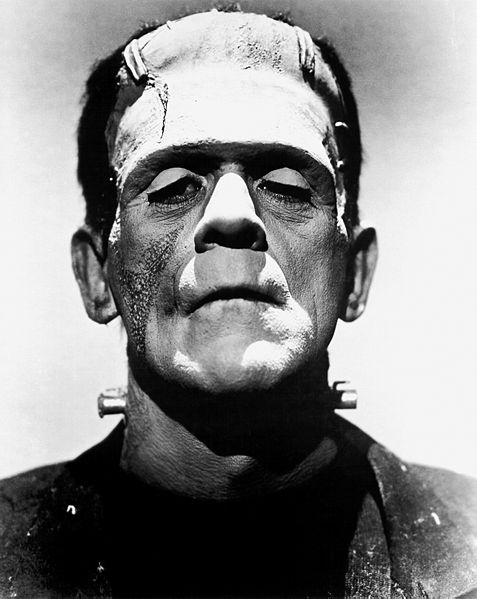
Frankenstein is a Surprisingly Good Tale
Years ago, I took a course on early female authors called “The Courage to Write”. One of the books I had to read was Mary Shelley's “Frankenstein”. Of all the assigned material, it was the one I was least looking forward to reading. I hate scary stories. I can scare myself just fine, thank you very much! So, it was with trepidation that I flipped open the cover and turned to chapter one.
Though the antiquated grammar style tripped me up a bit at first, the story was engrossing. This wasn't a horror story at all. It was the sad tale of a being created in a laboratory, then thrown into a cruel, strange world. It was the classic outsider looking in story.
Shelley's monster is no imbecile. He's been giving a fully functioning brain. He speaks, he communicates, and he puts his thoughts into words. He is articulate, not some mumbler.
I'm a big sucker for the misfit in any story. You know, the kid everyone picks on, the disabled woman who no one takes the time to say hello to. Yep, those are my favorite characters. As I read Shelley's work, I developed deep empathy for Frankenstein's creation. I admit it. I felt sorry for him. He was misunderstood and reviled by everyone. No one attempted to get beyond the hideous visage to see what might be inside the so called monster. How could I not feel outraged on his behalf?
Shelley's monster does not wander aimlessly without feeling. He has a conscience, feels remorse, and experiences emotions. You can feel the well of sadness whenever he speaks. He knows he is hideous and he knows he is different from everyone else. He is the only one of his kind in this world. He is so alone. Aren't the results predictable when a someone is so reviled and so filled with self loathing?
And the blame goes to...
Who do you blame?
Who is Really to Blame?
There is a point in the story where we learn that the monster is capable of doing great harm. In fact, the monster confesses to his deed. But, he blames his act of violence on desperation, loneliness, and public scorn. He wants a female companion to commiserate with, someone to ease the pain.
Is he responsible for what transpires? The monster has done what he is accused of doing. No doubt about it. But, he has been thrown into a situation he did not choose. He did not ask for life
Should the creator take the blame? Victor Frankenstein was the one obsessed with creating life. He should have realized the implications of this actions before he attempted them. He should have considered how his creation would feel to suddenly be alive in world where everyone else looks and acts a particular way. No one in this village is over 8 feet tall. It is kind of hard to fit in when you when you tower over the masses. Our dear meddler, didn't even consider what it would be like to be the only one of a species on the planet. All he was interested in was the glory it would bring him. The monster blames his creator, should we blame him, too?
And, what about the townspeople? They had a tendency to jump to conclusion with terrible repercussions. They sure didn't give the monster much a chance. All of them judged him on first sight. They allowed their imaginations to run wild. They didn't even attempt to see if there was more to this strange being than the slapped together hideous appearance.
Read the Novel
Frankenstein's Castle
Yep! There really was one! Burg Frankenstein as it is known is Germany was built by Lord Conrad II Reiz. He built the castle sometime around 1250. Over the centuries it has changed hands many times and gone through some remodelling. Though a residence during Mary Shelley's life, today it is a tourist attraction.
It is said that Mary Shelley visited the Rhine region in 1812. Might she have heard of the castle and the legends surrounding it? Could she have heard the name Frankenstein and thought it'd be a fine name for a novel? There are many skeptics. Since she left no notes pertaining to the castle, we can only wonder whether it influenced her or not.
This castle may or may not have been the inspiration for Shelley's novel.
Movie Adaptations
Which one do you prefer?
Hollywood's Take on Frankenstein's Monster
We have movie makers to thank for bringing this character to life. We also have them to thank for the evolution from Shelley's misunderstood monster to the real monster that has terrorized people in movie theaters for the last a century. In Hollywood, Frankenstein (the name has come to refer to him directly) is a creature of horror. They bring him out every Halloween just to see who else he can scare.
According to IMDB.com, the first time this character appeared in film was 1910. Edison Studies made a 16 minute long adaptation of the novel. The film was shot in 3 days at Edison Studios in New York. It stayed as close to story as you can expect in 16 minutes and without talking.
Wikipedia.com lists 32 films featuring Frankenstein in some form or fashion.
And, that does include the appearances in cartoons and TV shows! Herman Munster probably would have looked different had we not had all these Hollywood versions of Frankenstein.
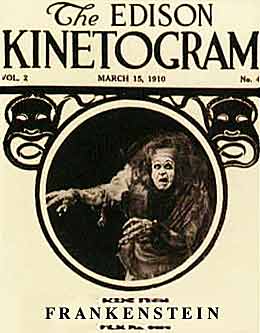
Laugh until your stomach hurts

Boris Karloff or Peter Boyle?
In the 1931 film version, the monster is played by none other than Boris Karloff (who else?). Though it borrows from the novel, it is not a strict adaptation. The monster shows a violent streak right from the start. It is in this film that we first hear the scientist whose name has been changed to Henry Frankenstein with his fevered scream “It's Alive!”. Here he is a mad scientist bent on experimentation. This is probably the first time we see Frankenstein more like the walking dead..so unlike Shelley's character.
My first introduction to Frankenstein was probably as a child watching classic movies on TV on Saturday afternoon. One channel ran Abbot and Costello movies and I know I saw “Abbott and Costello Meet Frankenstein” several times.
This 1948 film was billed as a horror comedy. It deviates far from the original story. Not only does the famous duo encounter the mumbling monster, but they have to run from Dracula, the Wolfman, and the Mummy, too.
Having grown up in the 1960s and 1970s, I would be remiss if I did not mention Mel Brooks' Young Frankenstein. In this 1974 spoof, Gene Wilder plays the heir to his grandfather's estate. He has spent his life distancing himself from the mad scientist only to find himself following in his footsteps.
Peter Boyle plays the monster. And, as Madeline Kahn would attest, this monster is endowed with some bonus features that Mary Shelley never considered.
Okay, this one doesn't resemble Shelley's work one bit. But, it's darn funny!
Between these three movies there have been a whole slew of remakes. They've even spawned addition family members. There's the bride and the son, to name two. In a movie from 2013 he even has an army!
The Original Movie Trailer to the 1931 Film
She was So Young
Mary Shelley was born in Somers Town, London, England in 1797. She married Percy Shelley in 1816. She was 19 years old and had already lost a child by the time she published her famous novel in 1818.
What Would Mary Shelley Think?
I wonder what Shelley would think today of how her character has been treated since she put pen to paper in 1818. The novel isn't just about a monster. It ask important ethical questions about science. It also makes us look at our quick judgments and how conscience plays into our actions.
Surely, the author would think her story had been simplified and her main character had been diminished. Then again, perhaps Shelley would be amused that modern audiences are still fascinated by her work and that the monster still lives.
© 2014 Melody Lassalle


